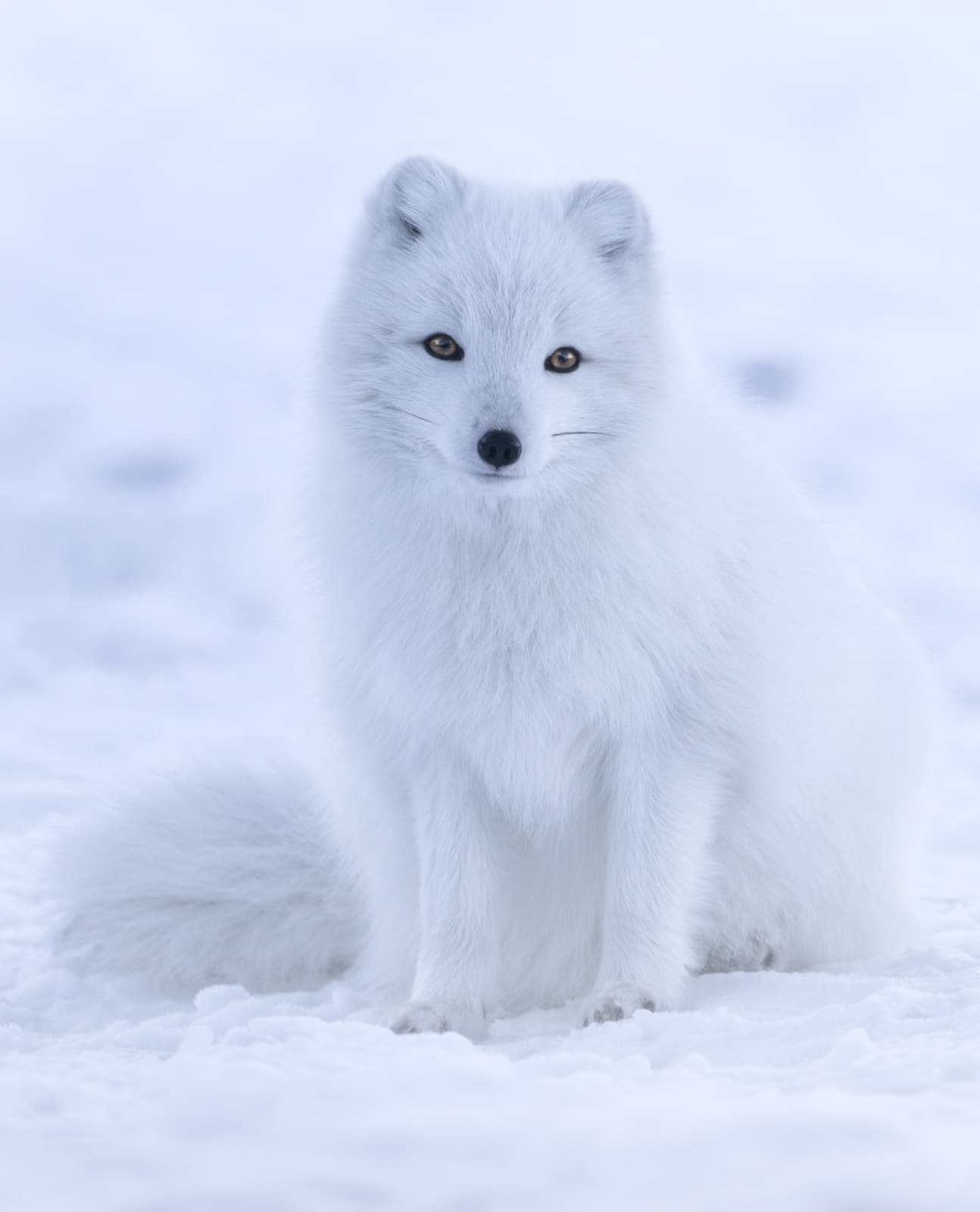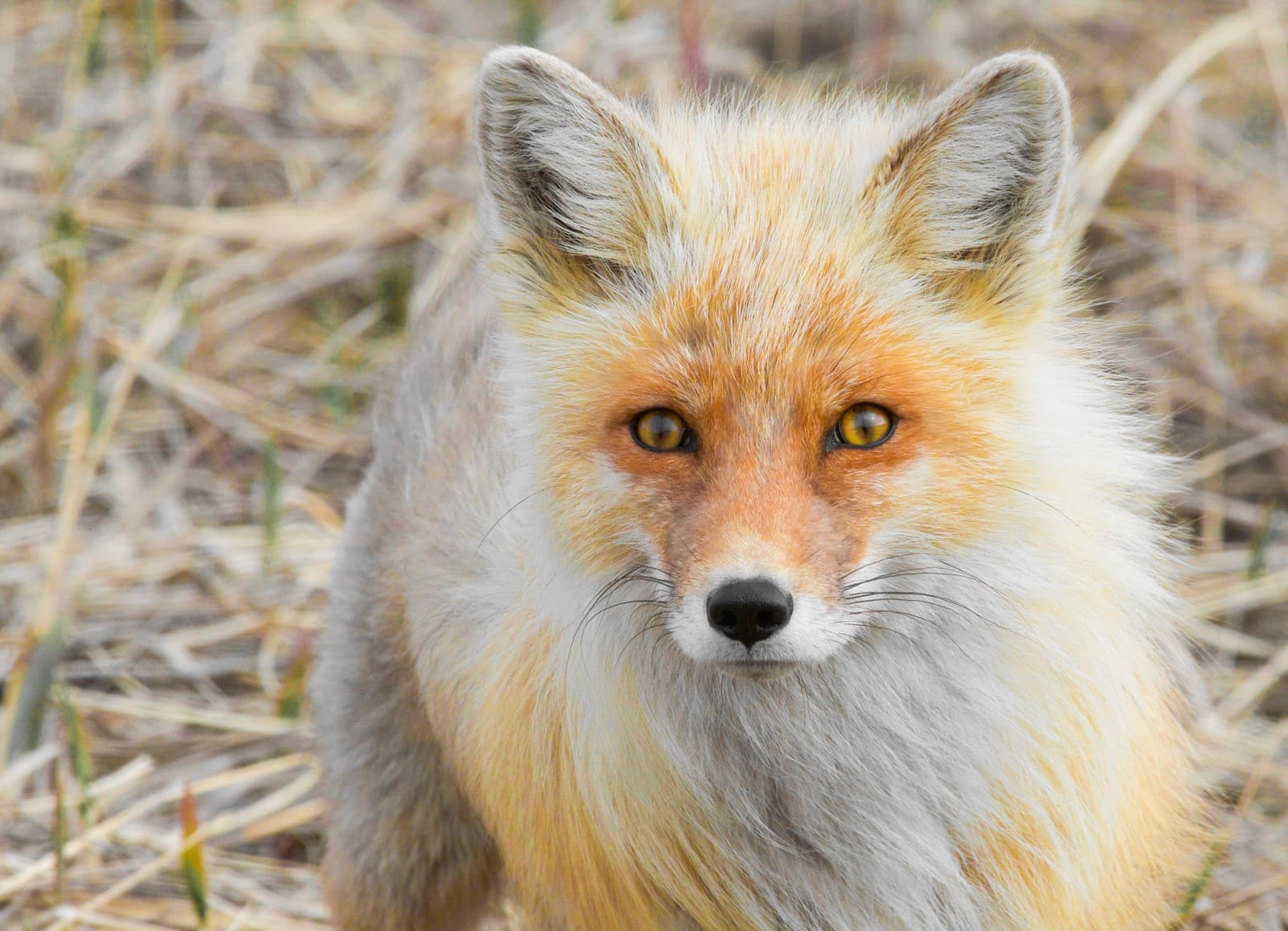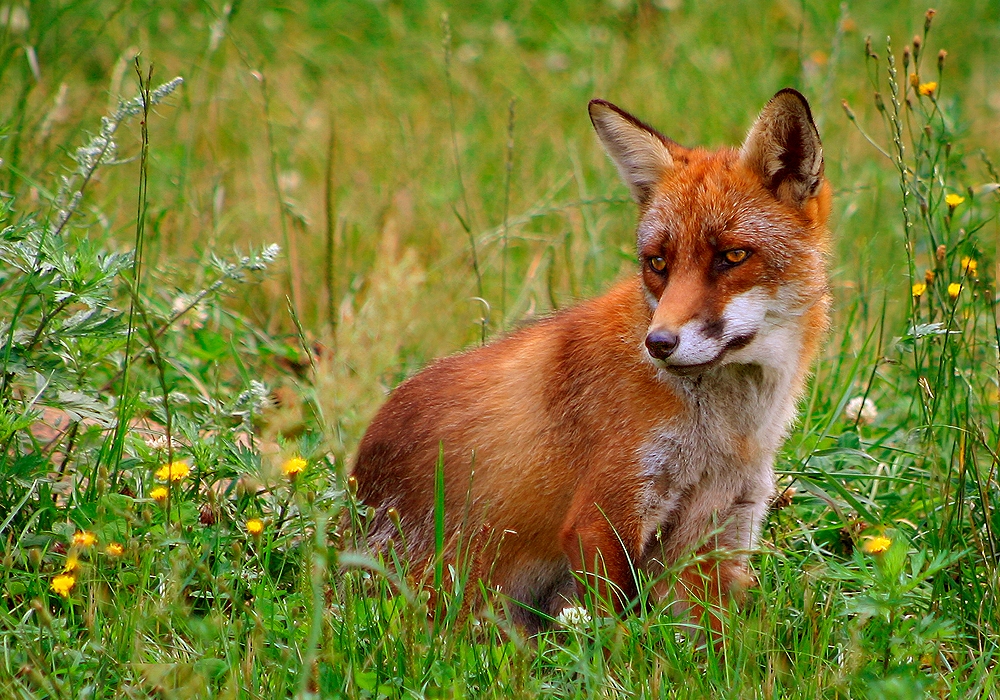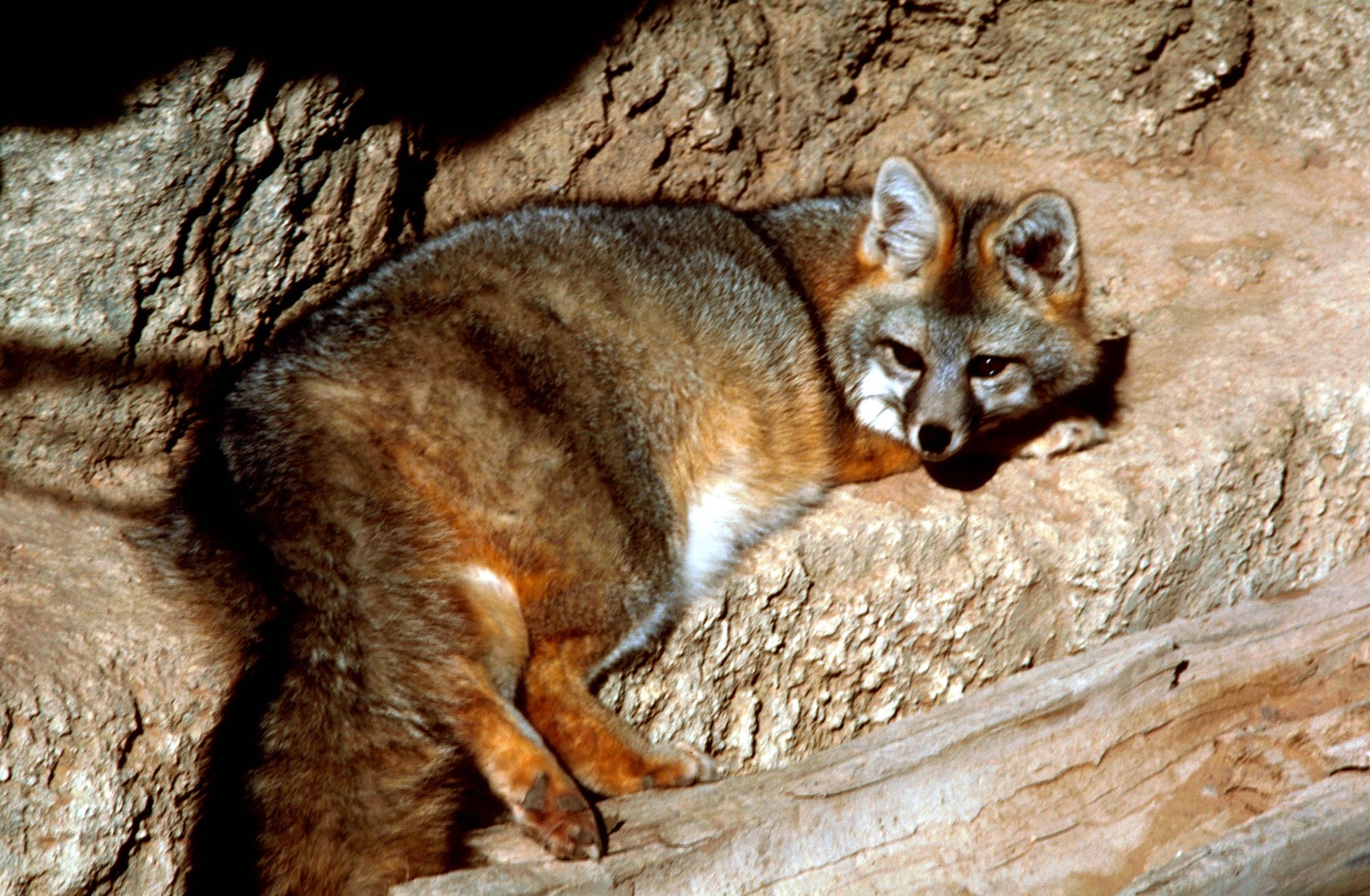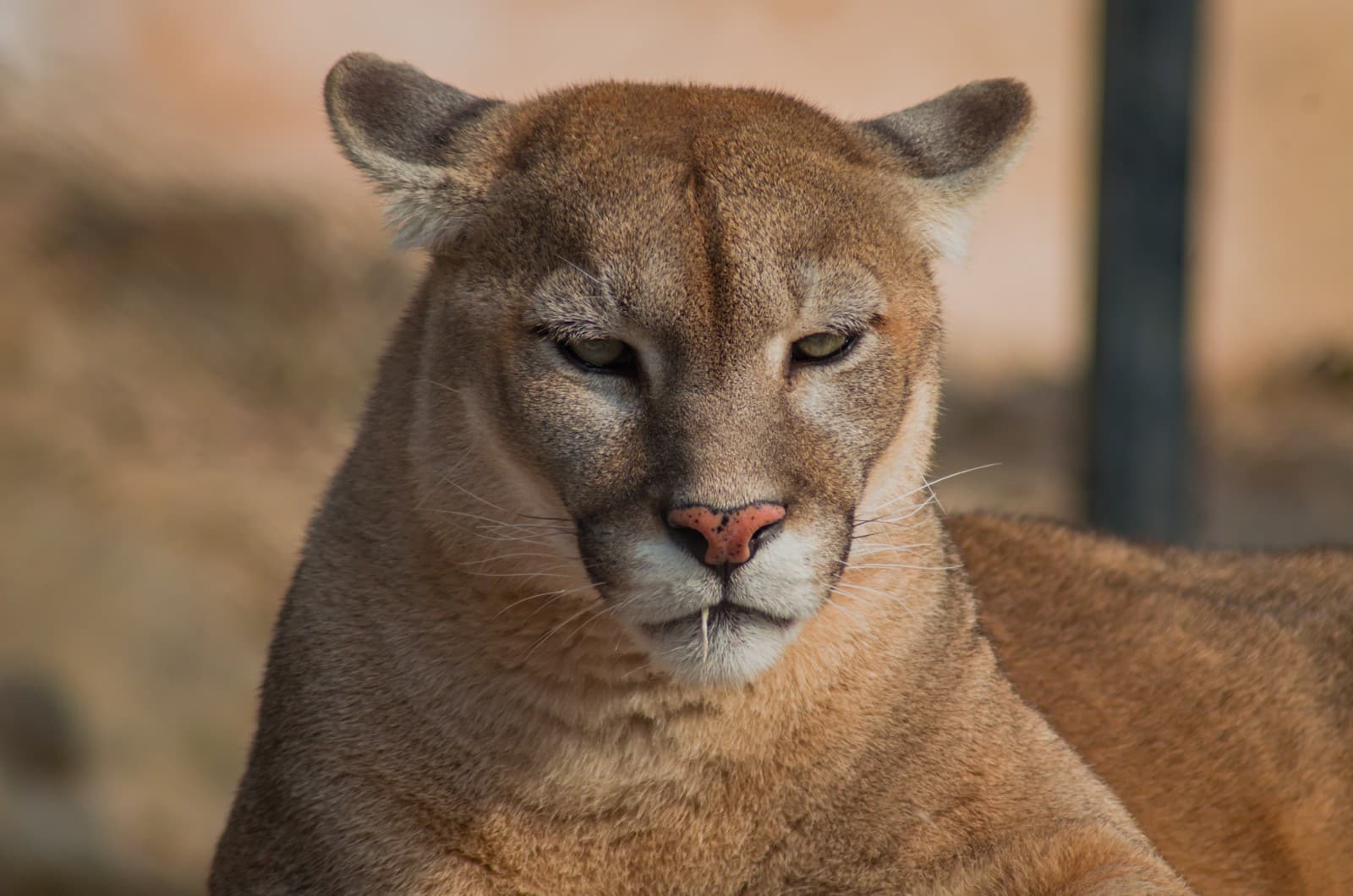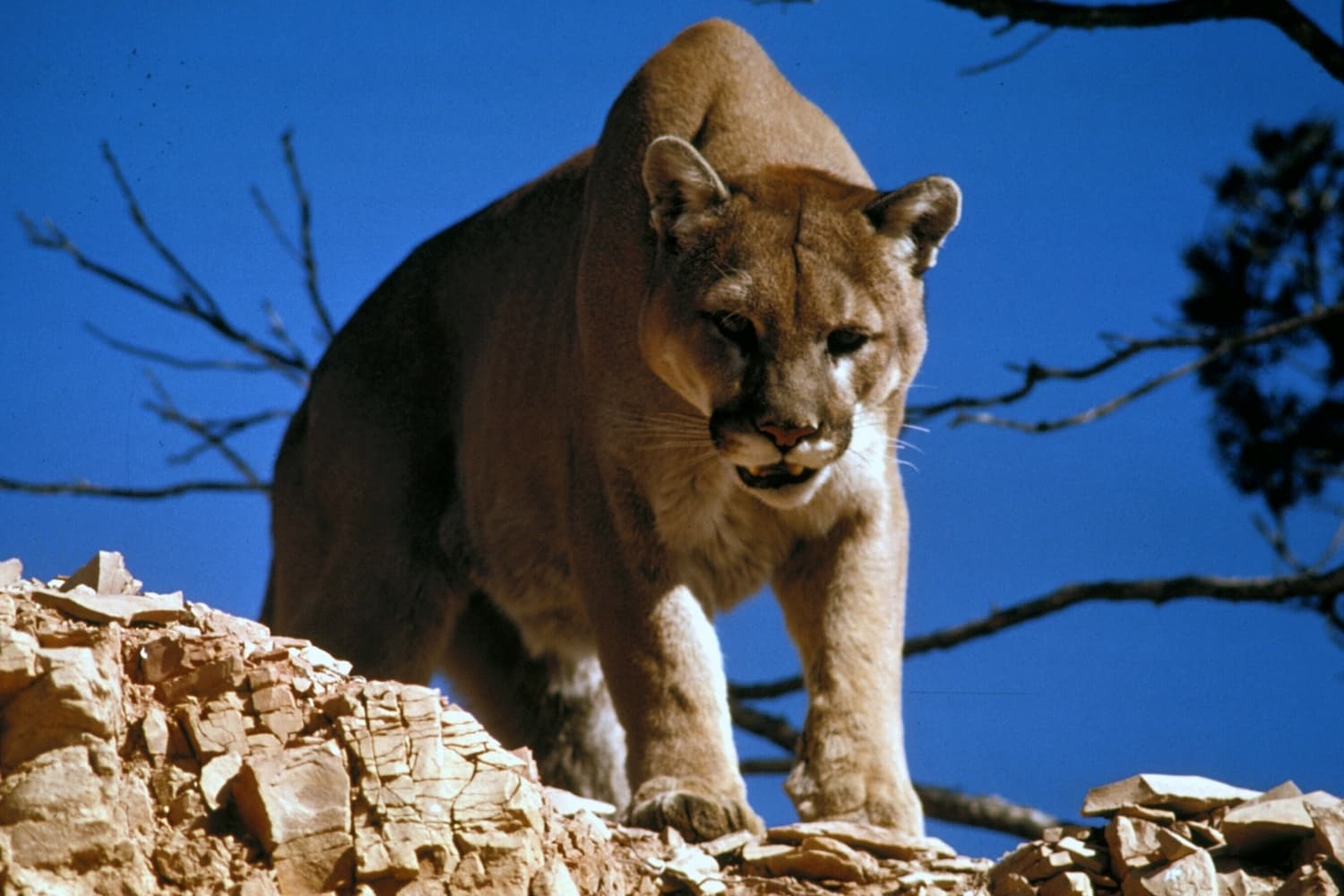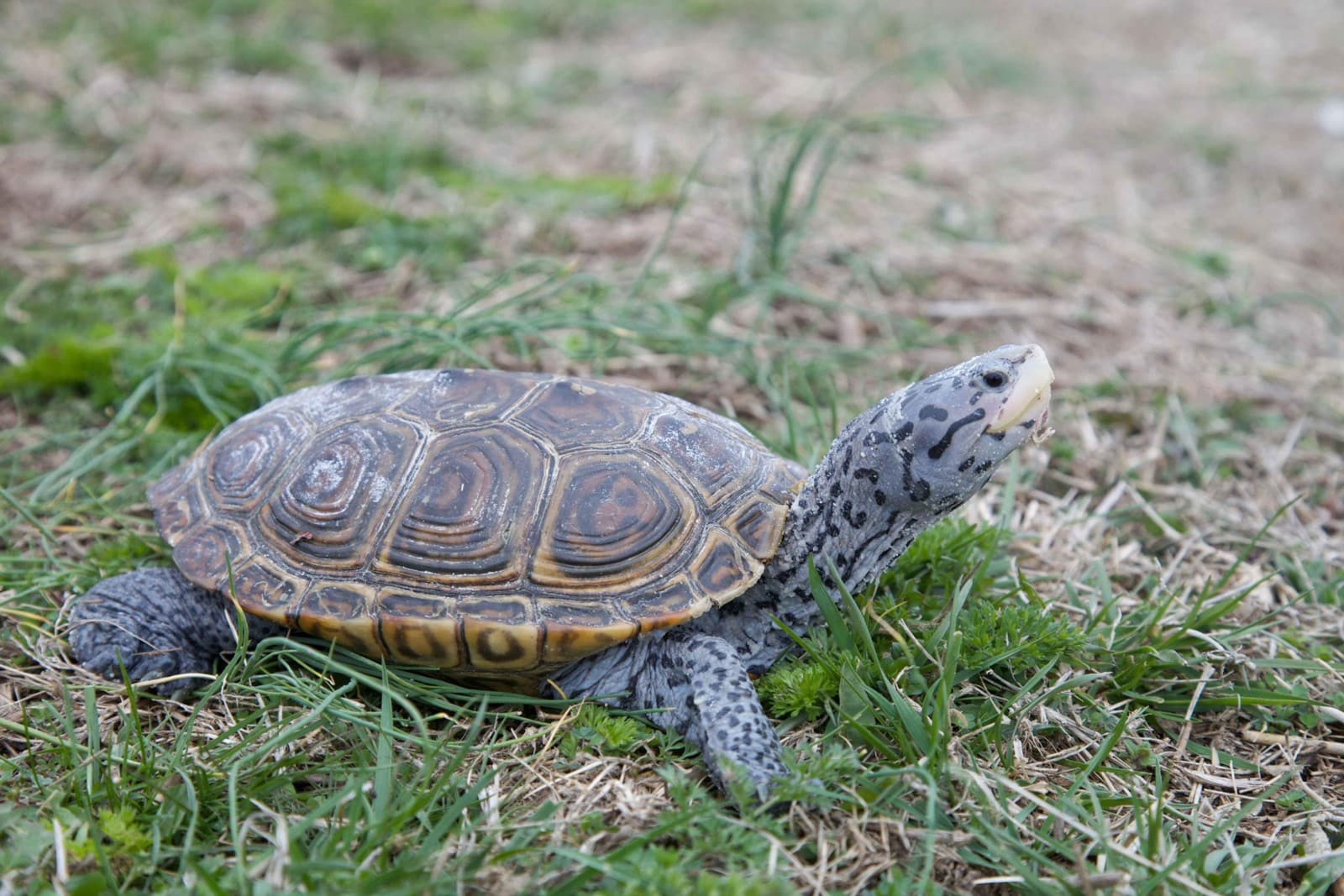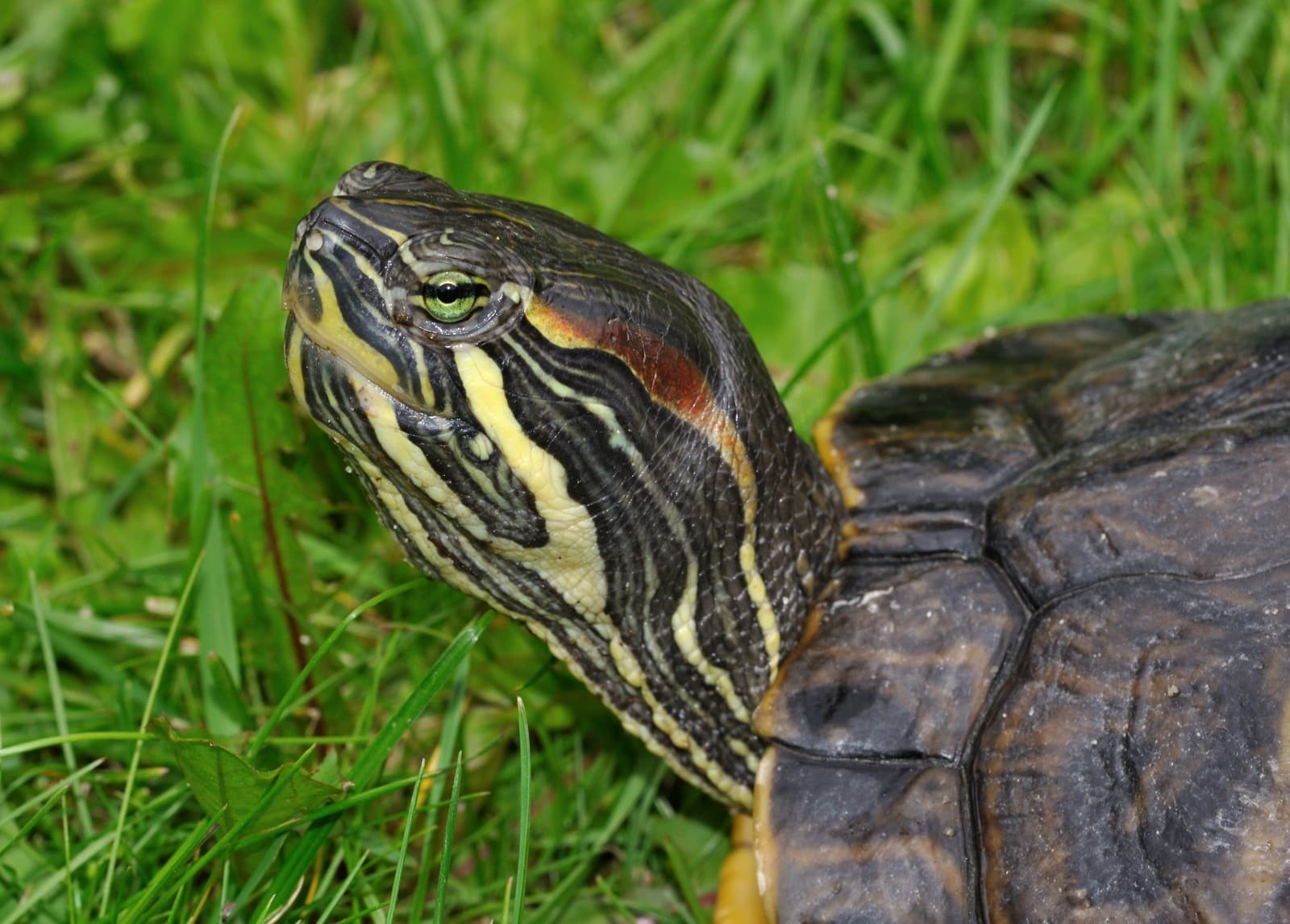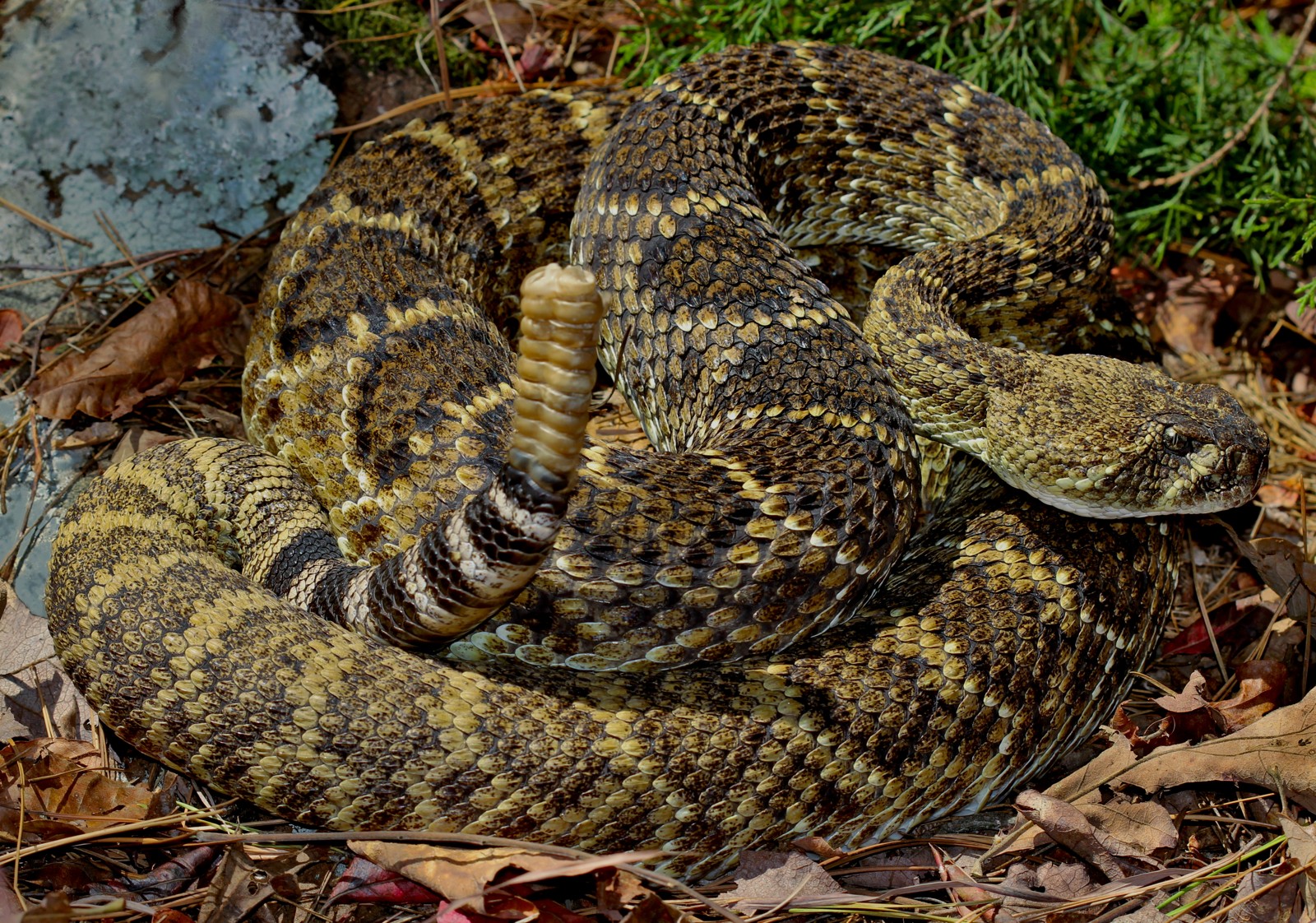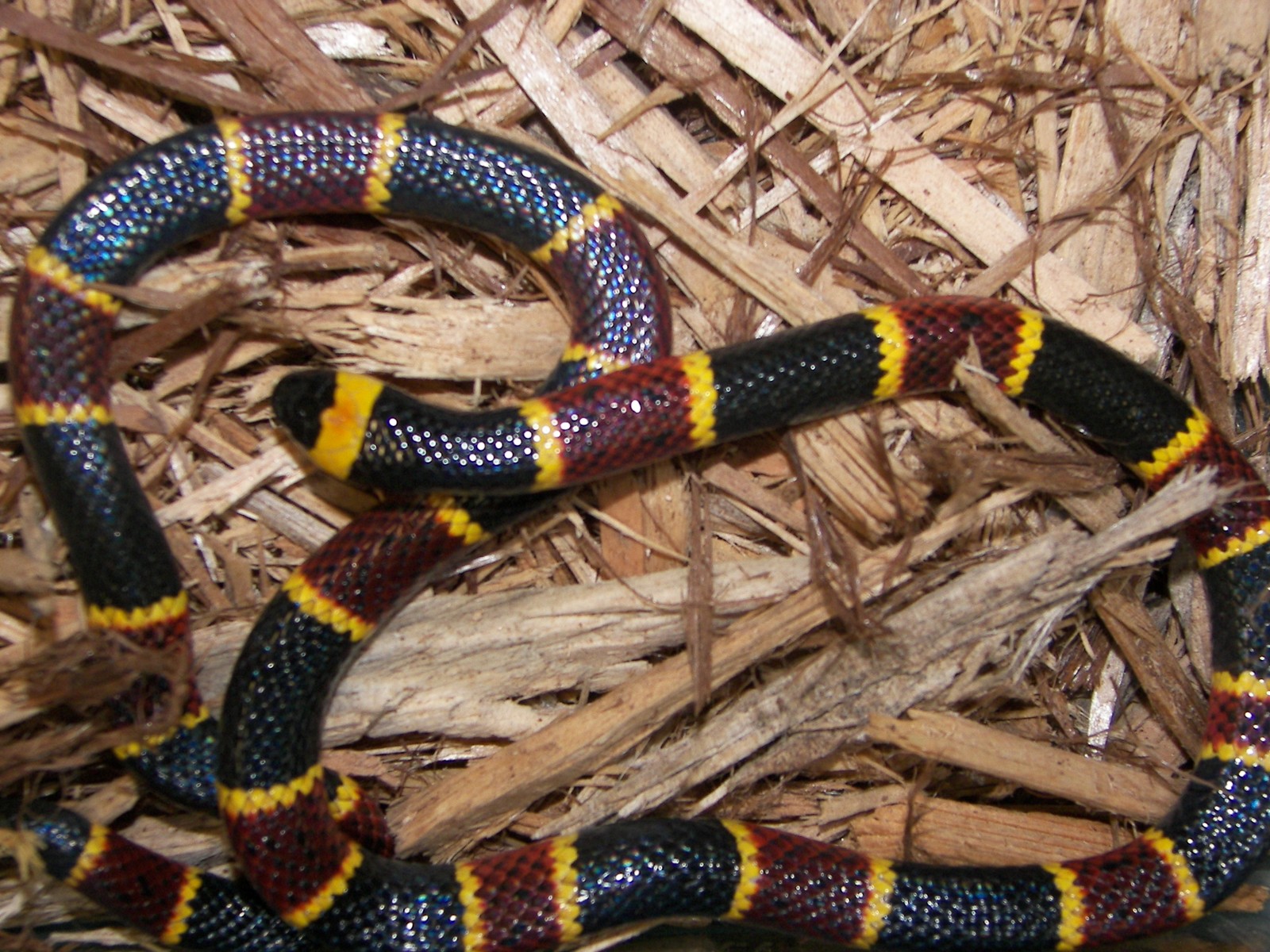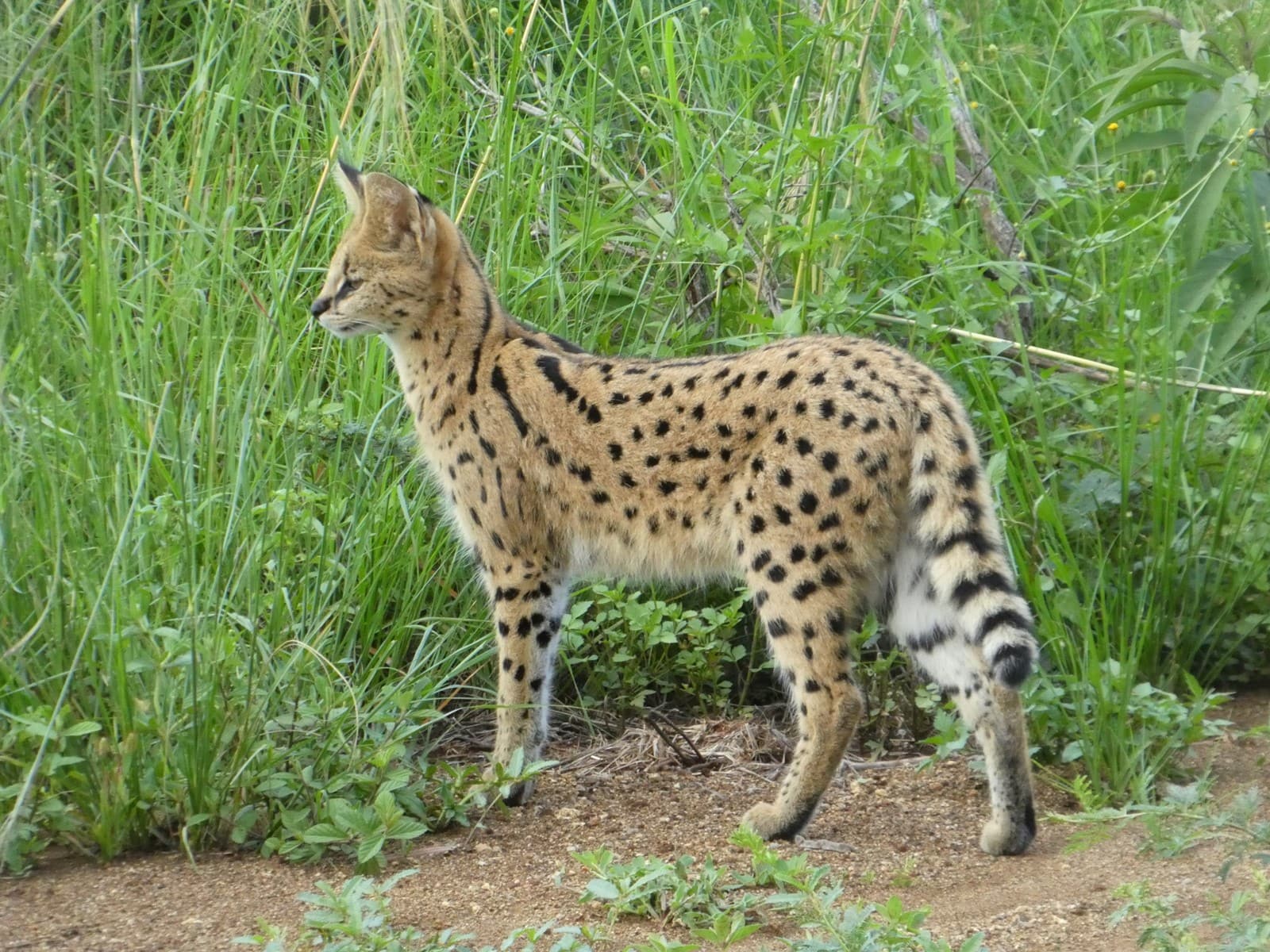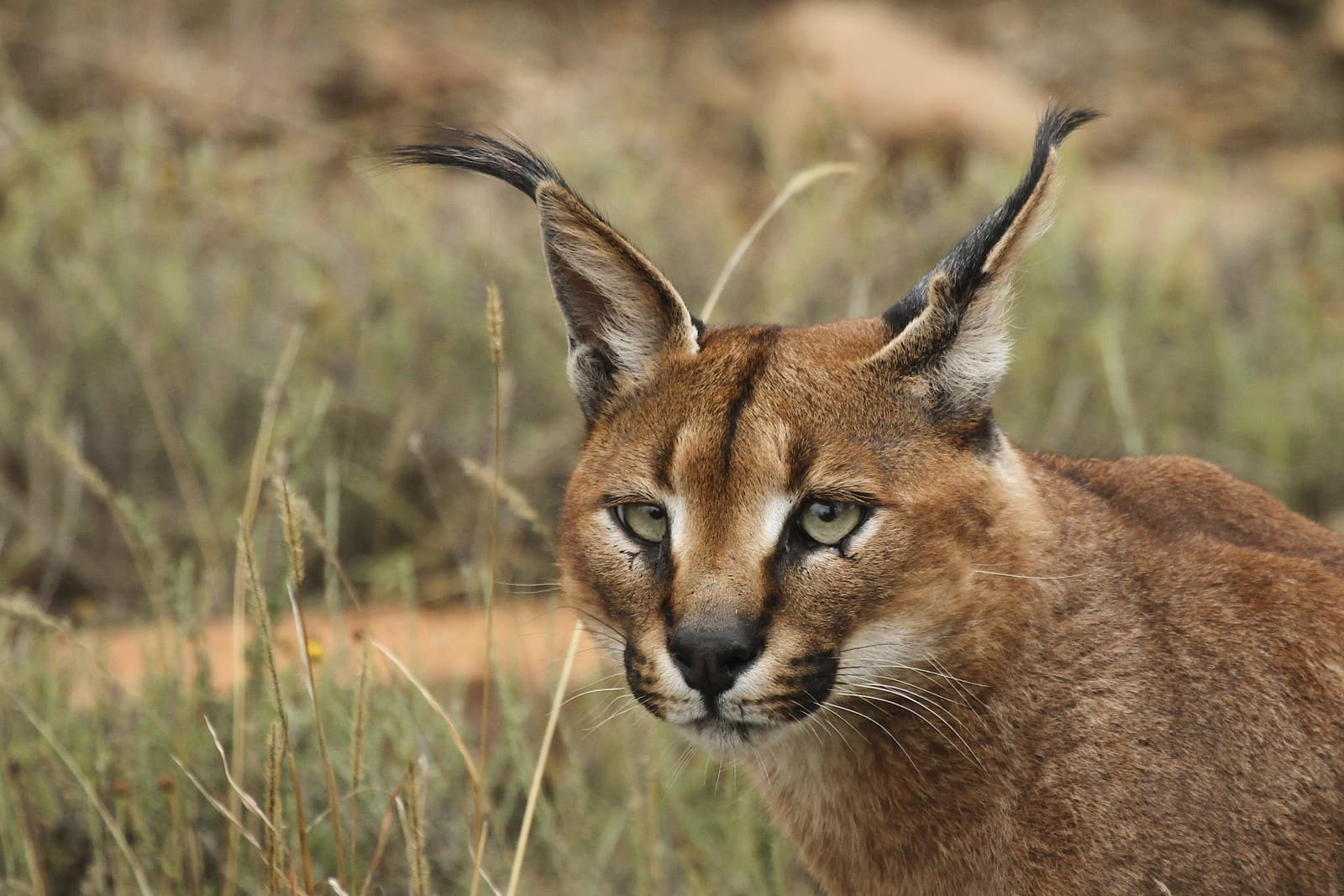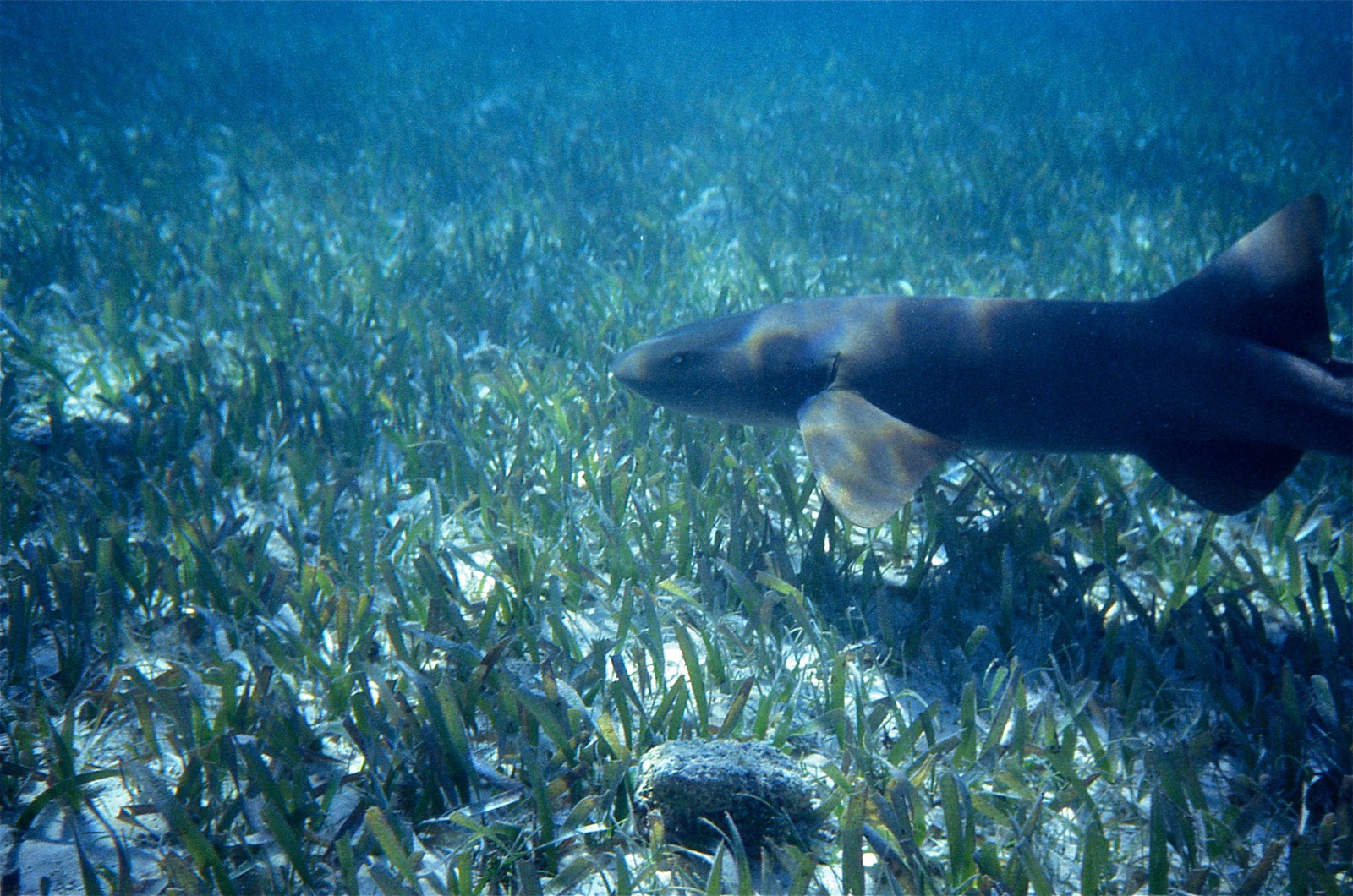Maned Wolf vs Red Fox: A Complete Comparison
When comparing the Maned Wolf vs Red Fox, we’re looking at two remarkably different members of the canid family. Despite their similar russet-colored coats, the Maned Wolf (Chrysocyon brachyurus) stands nearly twice as tall as the Red Fox (Vulpes vulpes), reaching heights of 35 inches (90 cm) at the shoulder. This South American giant has earned the nickname “fox on stilts” due to its extraordinarily long legs.
While both species are skilled hunters, their hunting strategies and dietary preferences show distinct evolutionary adaptations. The Maned Wolf’s towering height allows it to navigate and hunt in tall grasslands, while the Red Fox’s smaller, more compact build enables it to excel at pursuing prey through dense undergrowth and even urban environments.
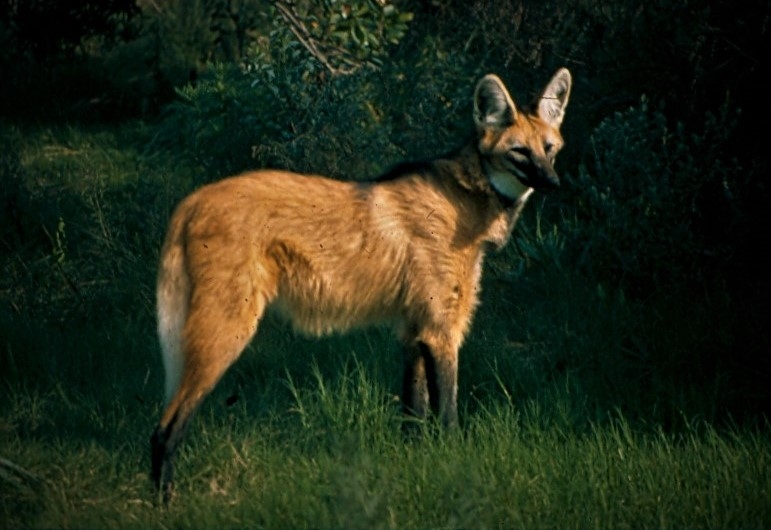
© Enrique González / CC BY-SA 4.0
The Maned Wolf’s distinctive stature and appearance set it apart from all other canids. Note the characteristic black “stockings” on its legs and the pronounced mane that gives this species its common name.
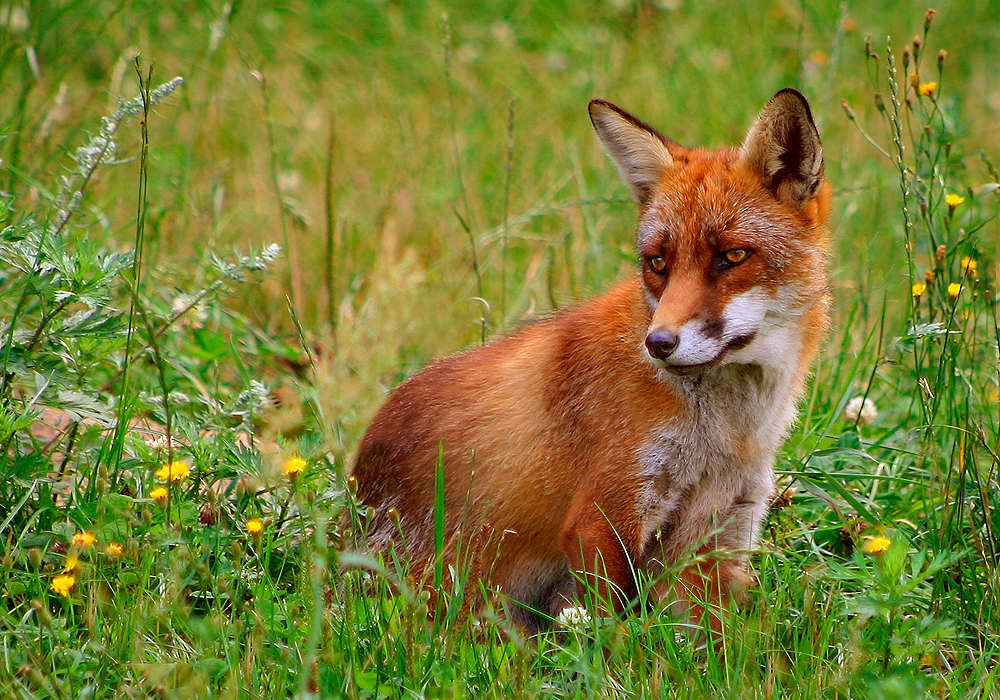
© Malene Thyssen / CC BY 2.5
The Red Fox showcases the compact, agile build typical of true foxes, with its distinctive white-tipped tail and alert posture demonstrating the adaptability that has made it one of the world’s most successful predators.
Key Differences Between Maned Wolf and Red Fox
| Feature | Maned Wolf | Red Fox |
|---|---|---|
| Height | 35 inches (90 cm) | 15-20 inches (38-51 cm) |
| Weight | 45-75 lbs (20-34 kg) | 8-15 lbs (3.7-6.8 kg) |
| Habitat | South American grasslands | Worldwide, various habitats |
| Diet | Omnivorous, 50% fruit | Primarily carnivorous |
| Social Structure | Solitary | Semi-social, family groups |
| Range | South America only | Global distribution |
Habitat and Distribution
The Maned Wolf is exclusively found in South America’s grasslands and savannas, particularly in Brazil, Paraguay, and Argentina. These habitat specialists require large territories of open terrain where their unique height advantage can be fully utilized. In contrast, Red Foxes demonstrate remarkable adaptability, thriving across the Northern Hemisphere in environments ranging from arctic tundra to urban centers.
Hunting and Dietary Habits
While both species are classified as carnivores, their dietary preferences show significant variation. Maned Wolves follow an unusual diet for a canid, with approximately 50% of their intake consisting of fruit, particularly the wolf apple (Solanum lycocarpum). Red Foxes maintain a more traditional carnivorous diet, primarily hunting small mammals, birds, and invertebrates, though they will opportunistically consume fruits and berries.
Physical Capabilities and Behavior
Despite its imposing size, the Maned Wolf is not built for pursuing prey over long distances. Instead, it relies on its height to spot prey in tall grass and pounce with precision. Red Foxes excel at agile hunting, capable of leaping over 6 feet (1.8 m) high and running at speeds up to 30 mph (48 km/h). They’re also accomplished diggers, creating elaborate den systems.
Social Structure and Reproduction
Maned Wolves are strictly solitary outside of breeding season, with pairs maintaining loose bonds while patrolling separate territories. Red Foxes display more social flexibility, often living in family groups consisting of a mated pair and their offspring. Both species are monogamous, but their breeding patterns reflect their distinct evolutionary adaptations to different environmental pressures.
Conservation Status and Threats
The Maned Wolf faces significant conservation challenges, classified as Near Threatened by the IUCN due to habitat loss and human conflict. With only about 17,000 mature individuals remaining in the wild, their future remains uncertain. Red Foxes, by contrast, are among the most successful wild canids, with stable populations across their vast range, though urban populations face unique challenges from human interaction.
Understanding these distinctive canids reveals the remarkable diversity within the dog family, from the specialized adaptations of the Maned Wolf to the versatile success of the Red Fox. While they may share a distant common ancestor, their evolutionary paths have led to fascinating differences in morphology, behavior, and ecological roles.
